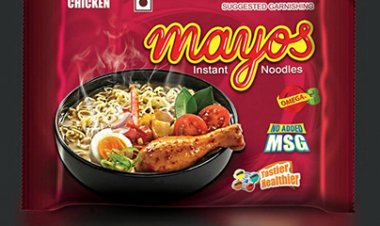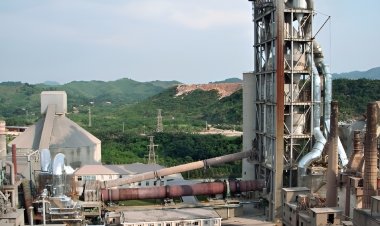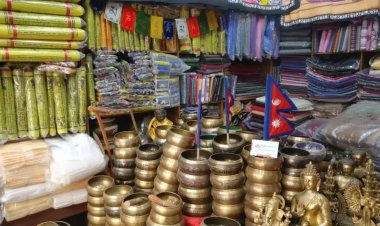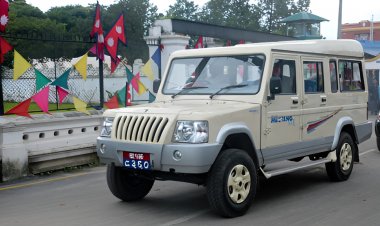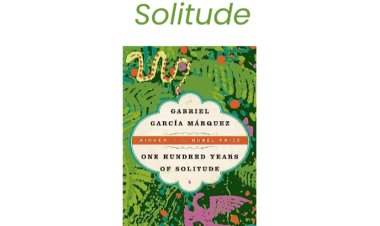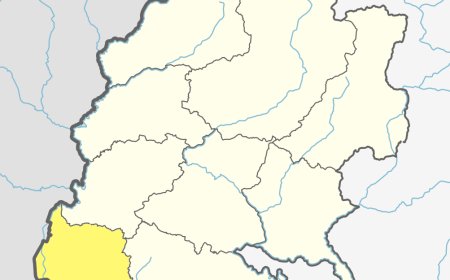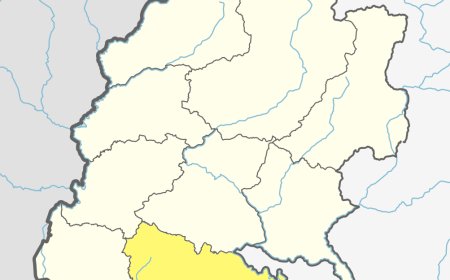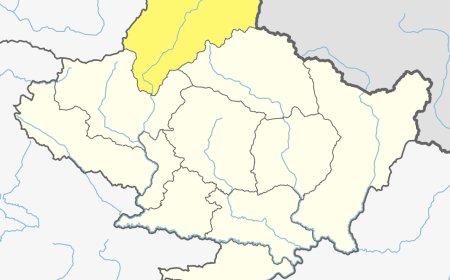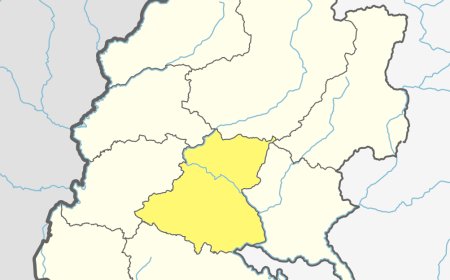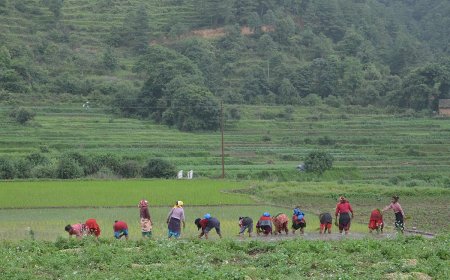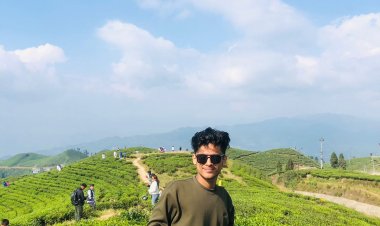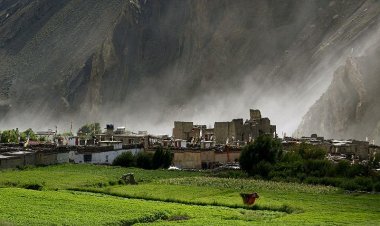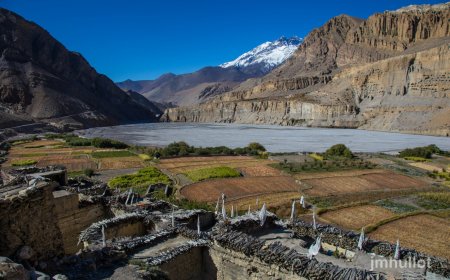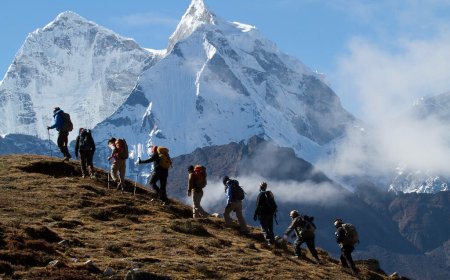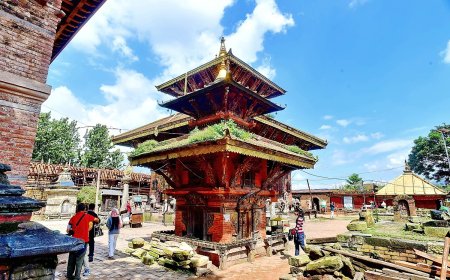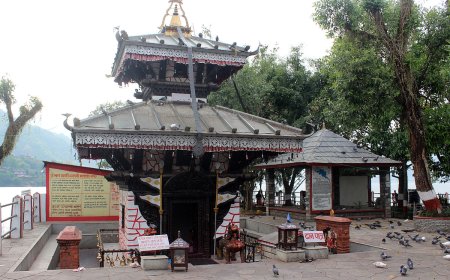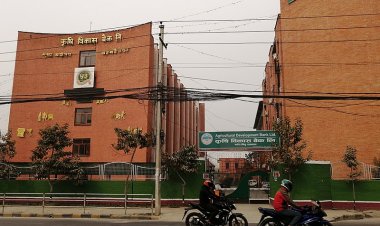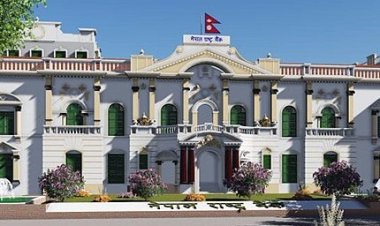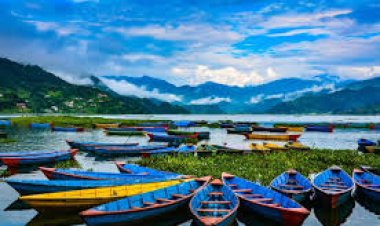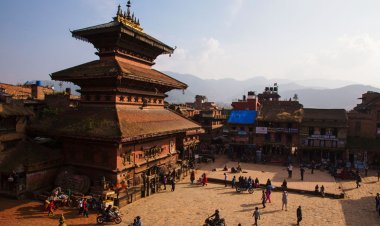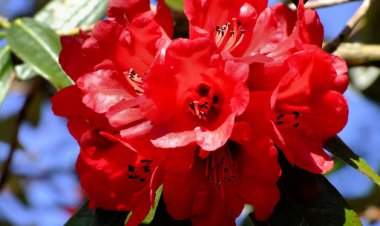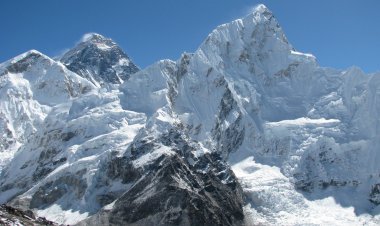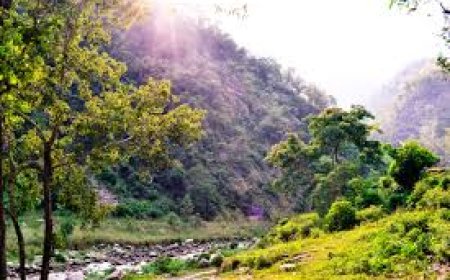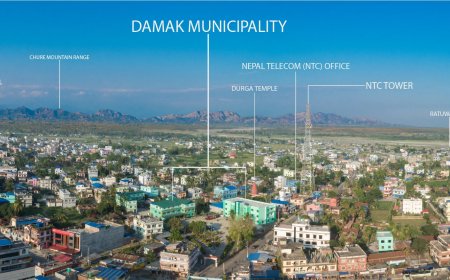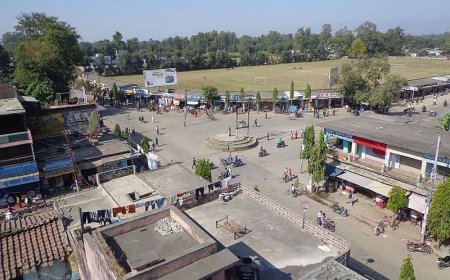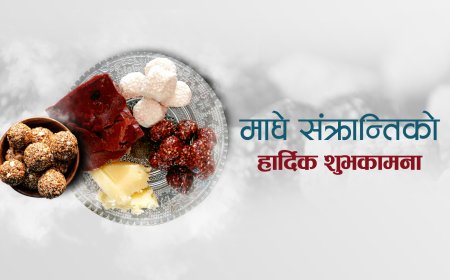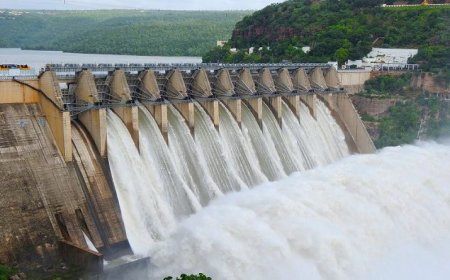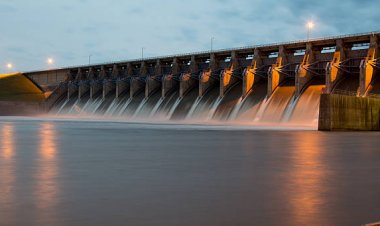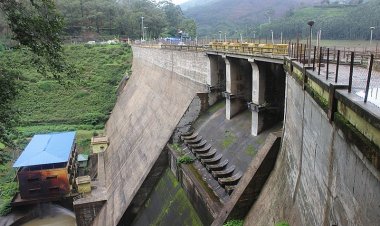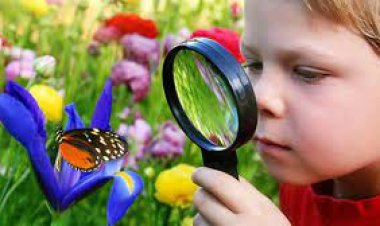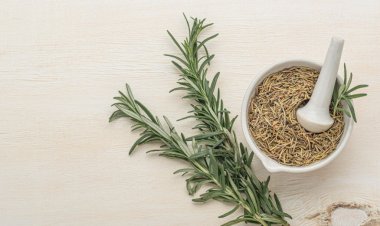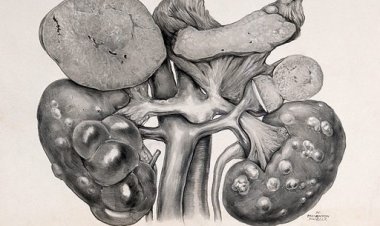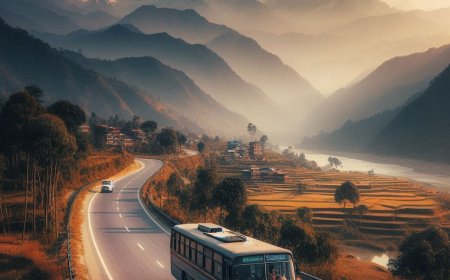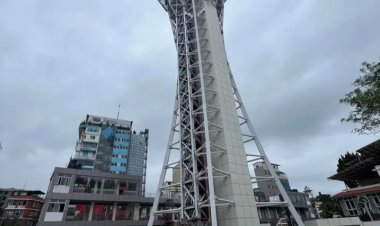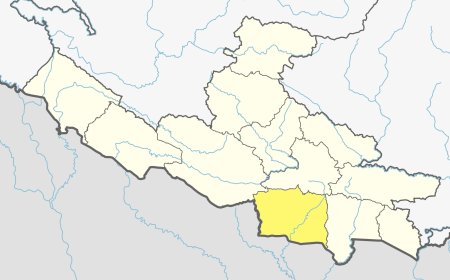Jumla: Gateway to the Karnali Region and Apple Orchards
Let’s explore Jumla, known for its apple orchards, scenic valleys, and unique culture, offering a peaceful experience in Nepal's Karnali region.
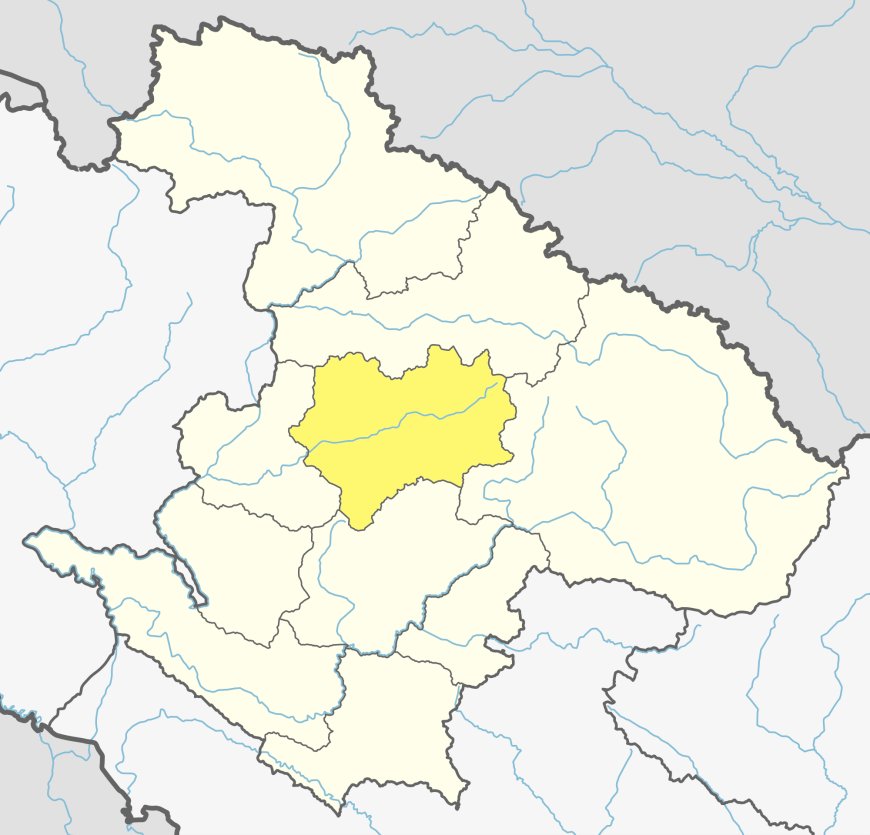
Introduction

Jumla is a captivating district located in the midwestern region of Nepal, renowned for its unique blend of natural beauty, cultural diversity, and historical significance. Nestled in Karnali Province, this district is known for its beautiful valleys, traditional agricultural practices, and as a gateway to the Rara Lake region. This district, with its charming mix of high-altitude landscapes and rich traditions, is an ideal destination for nature enthusiasts, cultural explorers, and adventure seekers alike. The district’s peaceful environment, vibrant festivals, and agricultural heritage make it a gem waiting to be discovered.
Geographical Overview
This district covers an area of 2,531 square kilometers and is characterized by a stunning topography of rolling hills, lush forests, and pristine rivers. The district’s elevation ranges from 915 meters to 4,679 meters above sea level, showcasing a remarkable variety of ecosystems. The district’s pride lies in its proximity to Rara Lake, the largest lake in Nepal, and the Sinja Valley, an ancient settlement rich in history.
The climate in this district varies from temperate in the lower regions to alpine in higher altitudes, supporting diverse flora and fauna. The Tila and Chaudhabise rivers meander through the district, providing vital resources for agriculture and water supply.
Table: Geographical Features
| Feature | Data |
| Total Area (sq. km) | 2,531 |
| Altitude Range (m) | 915–4,679 |
| Major Rivers | Tila, Chaudhabise |
| Climatic Conditions | Temperate to Alpine |
Demographics
The district is home to approximately 110,000 people, comprising a vibrant mix of ethnic groups. The Khas community forms the majority, followed by Dalit, Thakuri, and other indigenous groups. Nepali is the predominant language spoken, alongside local dialects such as Khas Kura and Jumli. The district’s cultural diversity is reflected in its traditional attire, music, and festivals, which offer a glimpse into the lives of its people.
Table: Ethnic Composition
| Ethnic Group | Percentage (%) |
| Khas | 50% |
| Dalit | 25% |
| Thakuri | 15% |
| Other Groups | 10% |
Cultural and Historical Significance
This district’s cultural heritage is deeply rooted in its history as the center of the Khas Kingdom. The region celebrates unique festivals such as Fagu Purnima (Holi), which marks the arrival of spring, and Dashain, a major Hindu festival symbolizing the victory of good over evil. Traditional songs and dances during these celebrations offer a vibrant cultural experience.
This district is also renowned for its historical significance. The Sinja Valley, a UNESCO World Heritage Site, was the origin of the Khas language and culture. Ancient stone inscriptions and temples in this area highlight its historical prominence.
Table: Key Festivals
| Festival | Month | Significance |
| Fagu Purnima | March | Festival of colors and spring |
| Dashain | October | Celebration of victory and prosperity |
| Tihar | November | Festival of lights and family bonding |
Major Attractions and Activities
This district’s scenic beauty and cultural landmarks make it a must-visit destination. Rara Lake, often referred to as the "Queen of Lakes," is a highlight, offering breathtaking views and opportunities for boating and trekking. The Sinja Valley provides insights into Nepal’s ancient civilization and linguistic roots.
Other attractions include the Chandan Nath Temple, a sacred site dedicated to Lord Shiva, and the serene Patarasi Mountain, which is a favorite among trekkers. Visitors can explore traditional villages, interact with local communities, and experience the warm hospitality of Jumla’s people.
Table: Major Attractions
| Attraction | Location | Highlight |
| Rara Lake | Northwestern Area | Boating, trekking, and scenic views |
| Sinja Valley | Central Area | Historical site and cultural exploration |
| Chandan Nath Temple | Jumla Bazaar | Sacred Hindu temple dedicated to Lord Shiva |
| Patarasi Mountain | Eastern Area | Trekking and panoramic mountain views |
Activities such as trekking, bird watching, and participating in local festivals add to the district’s allure. This district also emphasizes sustainable tourism practices, ensuring the preservation of its natural and cultural heritage.
Economic Overview
Agriculture is the backbone of this district’s economy, with the district being famous for its unique apple orchards and traditional farming techniques. It is one of the few regions in Nepal where organic farming practices are widespread. The cultivation of Jumli Marsi rice, a premium local variety, adds to the district’s agricultural reputation.
Tourism is an emerging sector, with increasing numbers of visitors drawn to attractions like Rara Lake and Sinja Valley. Local handicrafts, such as woolen products and traditional jewelry, contribute to the economy while preserving cultural practices.
Table: Economic Highlights
| Sector | Contribution |
| Agriculture | Apples, Jumli Marsi rice, barley |
| Tourism | Rara Lake, Sinja Valley, trekking |
| Traditional Crafts | Woolen products, traditional jewelry |
Conclusion
Jumla is a district that seamlessly blends natural beauty, cultural richness, and historical depth. From the beautiful and peaceful landscapes of Rara Lake to the ancient relics of Sinja Valley, Jumla offers an unforgettable journey for all who visit. Its diverse festivals, warm communities, and traditional practices make it a unique destination worth exploring. Whether you seek adventure in its rugged terrains or solace in its tranquil valleys, this district is a treasure trove of experiences waiting to be cherished.
Frequently Asked Questions (FAQs)
1. Where is Jumla located?
Jumla is situated in the midwestern region of Nepal, in Karnali Province.
2. What is Jumla best known for?
Jumla is famous for its apple orchards, Rara Lake, and the Sinja Valley.
3. Which rivers flow through Jumla?
The Tila and Chaudhabise rivers are the major rivers in Jumla.
4. What is the dominant ethnic group in Jumla?
The Khas community forms the largest ethnic group in the district.
5. What are the major crops grown in Jumla?
Apples, Jumli Marsi rice, and barley are the primary crops grown in Jumla.
6. What is the best time to visit Jumla?
Spring (March to May) and autumn (September to November) are the best seasons to visit Jumla.
7. What cultural festival is celebrated in Jumla?
Fagu Purnima, marking the arrival of spring, is widely celebrated in Jumla.
8. What is the significance of Rara Lake?
Rara Lake is the largest lake in Nepal, known for its serene beauty and biodiversity.
9. What is unique about Jumli Marsi rice? J
umli Marsi rice is a high-altitude, organic variety prized for its taste and nutritional value.
What's Your Reaction?




























